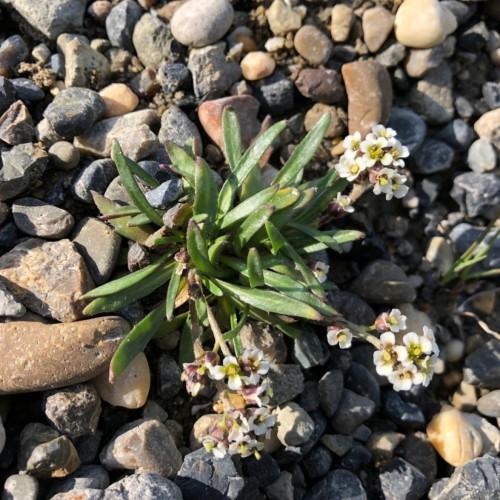
Smooth Rockcress
Braya glabella
Also Known As - Smooth Northern RockcressWatering:
Frequent
Hardiness Zone:
Sun:
full sun
Leaf:
Yes
Growth Rate:
High
Drought Tolerant:
Yes
Salt Tolerant:
Yes
Invasive:
Yes
Care Level:
Medium
watering
Black Mustard (Brassica nigra) prefers a well-draining soil and should be watered once or twice a week. In order to ensure your plant is getting enough water, insert a finger into the soil about 2-3 inches deep. If the soil feels dry, then it is time to add water. For best growth, the soil should never be completely dried out between watering. Depending on the temperature and humidity level, you may need to increase or decrease the frequency of watering.
sunlight
Black Mustard needs full sun to thrive and should receive at least 6 hours of sunlight each day. In the northern hemisphere, the hours of sunlight a Black Mustard plant may receive varies depending on the season. During the spring and summer months, the plant could benefit from 8-10 hours of sun each day while in the fall and winter, around 6-7 hours should be enough. Sunlight for Black Mustard should fall between the hours of 8am and 6pm local time.
pruning
The pruning of Black Mustard (Brassica nigra) is best done once each month between April and July, when the plant is actively growing. During this time, remove any dead or diseased branches, as well as any excess or spindly growth that could be competing with the main stem. Pruning may also help reduce the plant’s overall size and encourage it to produce more branches and a bushier habit. Lastly, it’s a good idea to thin out some of the main stem's lower foliage to allow more air to circulate.
